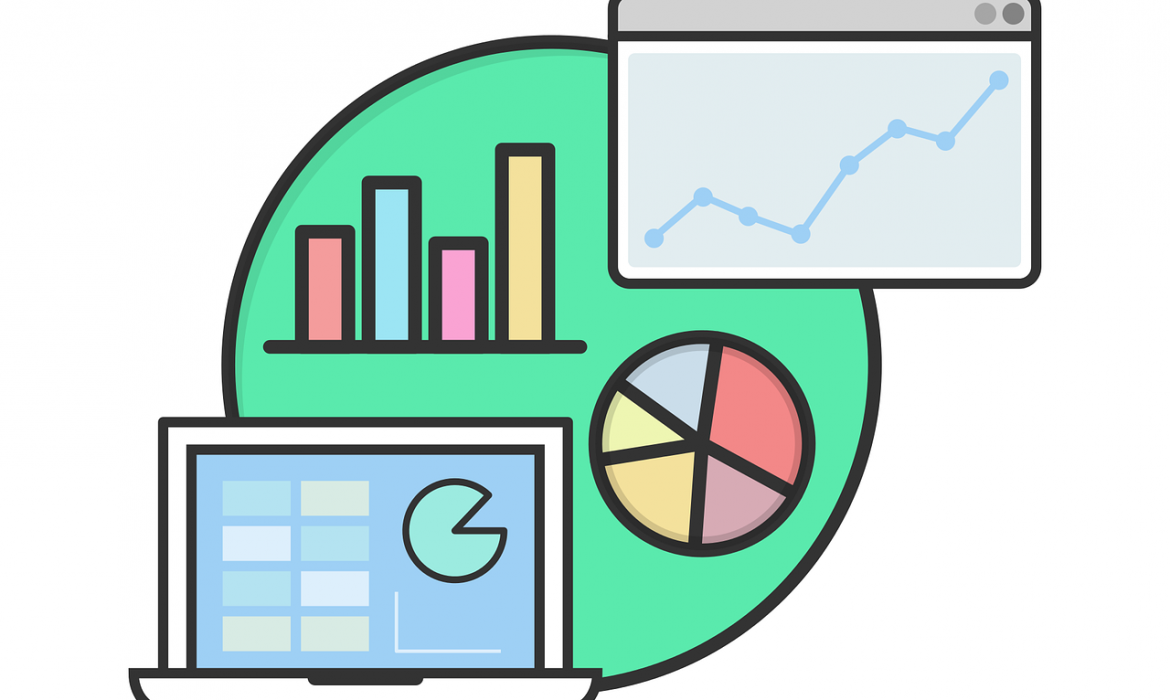Unveiling the Significance of Data Analysis in Academic Research
Data analysis is a process that involves the collection, refinement, and processing of raw data to derive new insights, reach specific conclusions, and support decision-making processes. This crucial operation is frequently employed by individuals engaged in academic research, necessitating not only a solid foundation in statistics but also a comprehensive understanding of the intricacies of data analysis and proficiency in relevant software programs.
In the realm of academic endeavors, data analysis stands as a pivotal step in extracting meaningful information from collected data. It goes beyond the simple organization of information and involves a systematic exploration that can uncover hidden patterns, trends, and correlations within the dataset. This analytical process empowers researchers to draw informed conclusions and make evidence-based decisions, contributing to the overall quality and validity of their scholarly work.
To proficiently carry out data analysis, individuals must possess a sound grasp of statistical concepts, enabling them to select the most appropriate analytical methods for their specific research questions. Furthermore, a mastery of the tools and software employed in data analysis, such as statistical packages like SPSS or specialized software like R and Python, is essential for efficiently processing and interpreting the collected data.
In the dynamic landscape of academic research, where the pursuit of knowledge is fueled by rigorous inquiry and systematic investigation, data analysis emerges as a cornerstone. The ability to navigate this multifaceted process empowers researchers to elevate the caliber of their work, ensuring that their findings are not only insightful but also robust and statistically sound.
In conclusion, the proficiency in data analysis is indispensable for those navigating the intricate realms of academic research. It stands as a gateway to transforming raw data into meaningful knowledge, providing researchers with a powerful tool to unravel the complexities inherent in their chosen fields of study.
Exploring Data Analysis: Methods, Process, and Significance
Data Analysis Methods
Data analysis is commonly categorized into quantitative and qualitative methods. Quantitative analysis, relying on numerical data, is generally considered more straightforward and reliable. In contrast, qualitative analysis methods often involve information gathering through observation, interviews, discussions, and document analysis. Quantitative analysis is perceived as more objective than qualitative analysis.
Conducting Data Analysis
Executing data analysis requires a fundamental understanding of statistics and research techniques. Additionally, proficiency in the chosen data analysis software is crucial. Depending on the research characteristics, collected data is input into the analysis program, followed by the interpretation of results, comparison with similar studies, presenting conclusions, and offering recommendations based on the findings.
The Importance of Data Analysis
Data analysis is integral in various aspects of life, enhancing decision-making processes. Whether projecting costs, timing, and risks for a new business venture or providing projections for ongoing operations in established businesses, data analysis plays a vital role. Its prevalence extends to academic studies, particularly during postgraduate education where a frequent need for data analysis arises.
Primary Data Analysis (Statistics) Programs
With technological advancements, numerous programs and tools facilitate data analysis. Widely used programs include SPSS, LISREL, and Amos. The choice of program depends on the type of analysis required.
SPSS for Data Analysis
SPSS, short for Statistical Package for the Social Sciences, is a statistical analysis program commonly used in fields like Social Sciences, Education Sciences, Health Sciences, and Natural Sciences. It is also utilized for market research by organizations.
LISREL for Data Analysis
LISREL (Linear Structural Relations) is a statistical program used in structural equation modeling. Developed in the 1970s by Dag Sorbom and Karl Gustav Jöreskog at Uppsala University, LISREL is specific to structural equation modeling, confirmatory factor analysis, and path analysis.
Amos for Data Analysis
Amos is a widely-used statistical analysis program in social sciences and many technical fields. Its popularity stems from its ability to analyze numerous independent and dependent variables simultaneously, providing detailed data insights. Unlike SPSS, Amos can include error rates in the analysis process, but its data entry may seem more complex to those familiar with SPSS.
Professional Support in Data Analysis
The data analysis process is crucial for academic studies, and any error made during this process directly impacts the reliability and validity of the research. At Academic Redaction, our experienced and expert team is ready to provide professional support for your data analysis needs.










